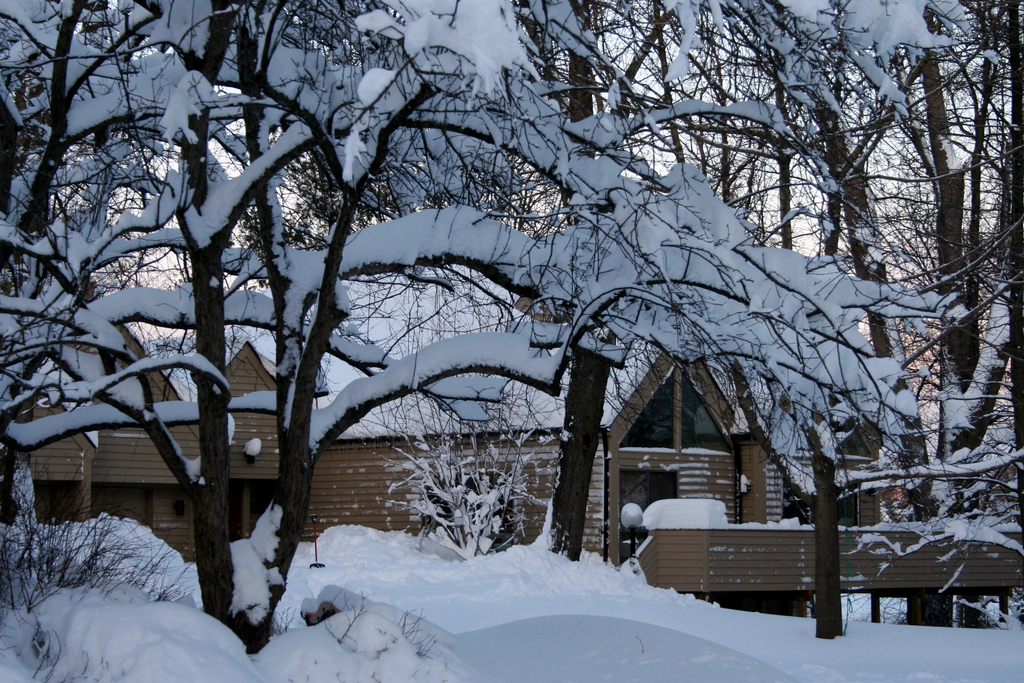There are many historic buildings in the UK for which people call home. Perhaps testament to the old Victorian and early 20th century builders is that the vast majority of them are still perfectly liveable today.
However, an older house may require increased vigilance over the winter period to help protect it from the colder temperatures.
There are a few things to consider, especially if you wish to make changes to the building’s structure in line with local planning permission.
Here are five ways you can try and maintain an old home during the winter months.
Insulation
The main concern for people in the modern age during the winter is how they can keep their homes warm, especially as heating bills are on the rise.
Insulating the loft is a simple way to cut down these heating bills.
Insulation in older homes may be minimal and need either topping up or redoing completely.
There are many types of insulation to choose from and different methods on how to incorporate it into the loft depending on the joint structure and roof materials amongst others things.
Central Heating System
During the summer and autumn you may not think about the heating system of your home.
However, you need to stay aware of how it is performing; especially in the case of older properties as winter can creep up on you.
Floor-standing boilers are likely to need replacing for example as wall-mounted versions are a more effective and modern alternative.
In terms of radiators, thermostatic valves and metal fins are signs that they can deal better with colder conditions.
Damp
In winter the chance of your house being affected by damp will increase.
You must check on a regular basis if gutters, roof coverings, downpipes and drains are working sufficiently.
Of course any leakage is an obvious sign that something is severely wrong.
Also look out for the less evident warnings in the form of flaking plaster or crumbling bricks.
Catch these early and you can prevent serious problems in the future and save money in the long run.
More here.
Plumbing
Temperatures in the UK have dropped severely in recent winters and this can have a detrimental effect on a home’s plumbing system.
Frozen pipes can play havoc with the water system, especially in older properties.
They can even be destructive if they burst due to the expansive force of the ice.
The result is relentless flooding and a hefty repair job.
To help prevent this then you should insulate the sides of your water tanks and all of your pipes.
You should also look into buying a modern boiler with a frost protection thermostat; this automatically senses a drop in temperature and turns itself on to prevent frozen pipers.
You can find an excellent guide on this website.
Sealing Air Leaks
Cold air drafts can make your home much colder than it needs to be so any gaps beneath doors or windows should be covered up to help prevent this.
In older homes, wooden frames that have rotted away will mean that air can whizz inside.
You can use simple towels or clothes, known as draft snakes, to prevent coldness creeping in. Thermal curtains are a simple yet effective investment also.
Guest post from Mike @ MCS Test Equipment.
